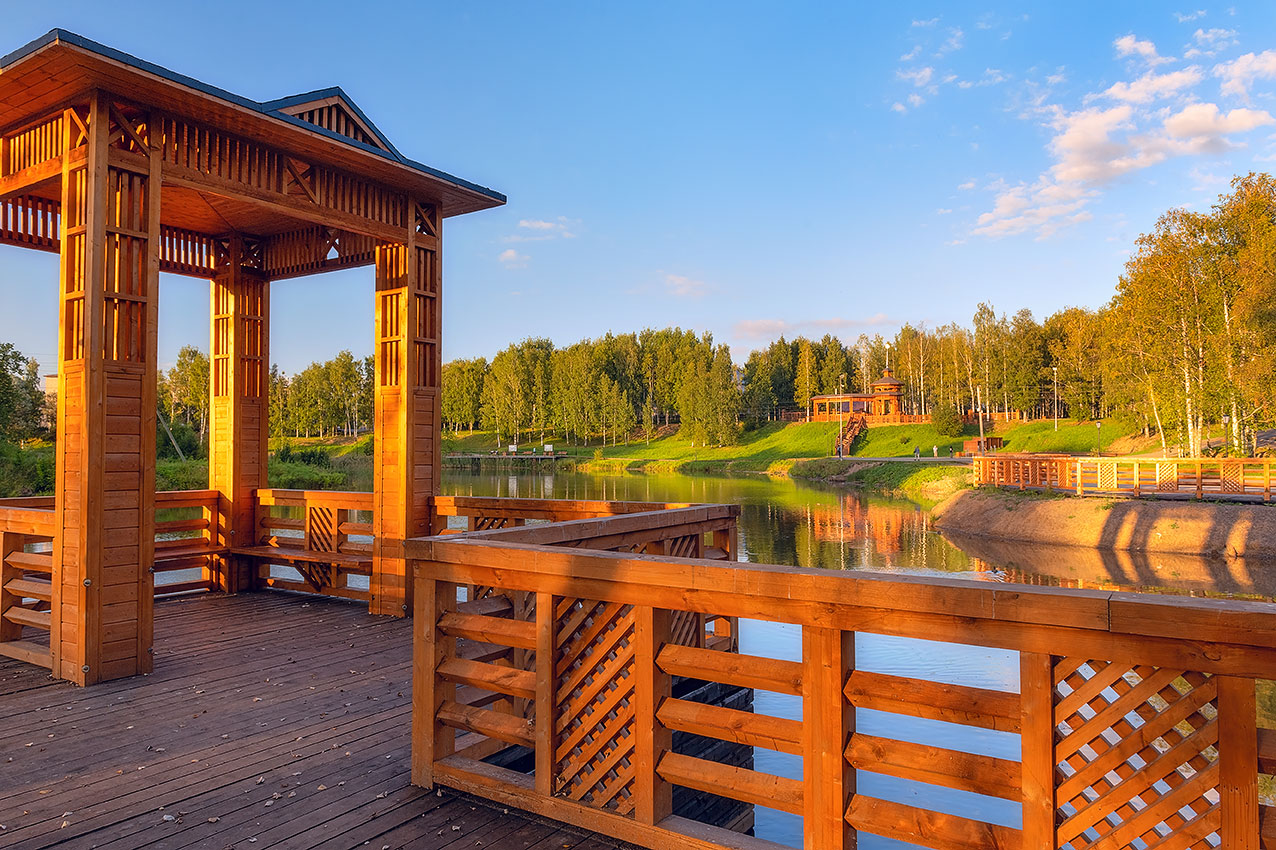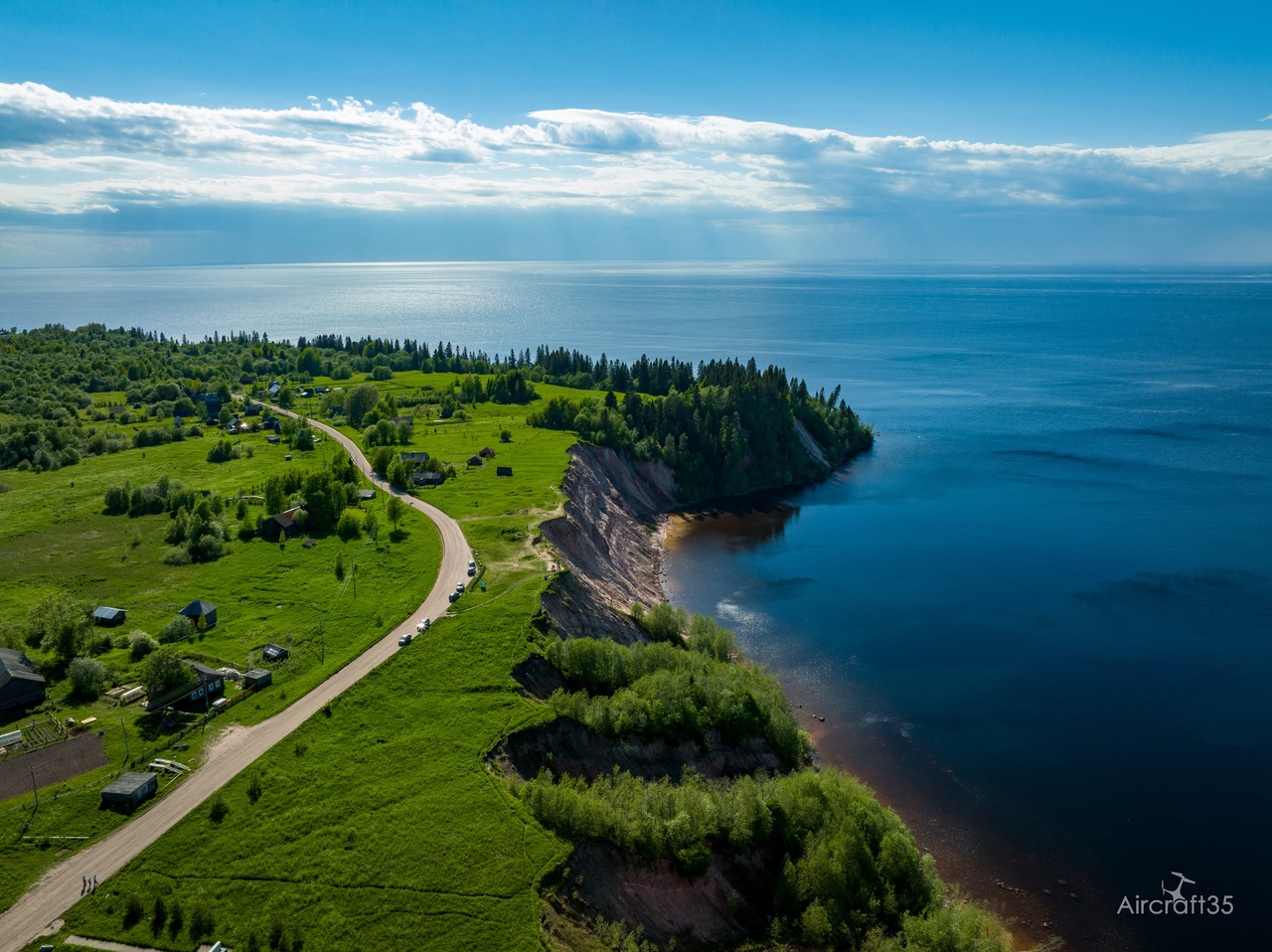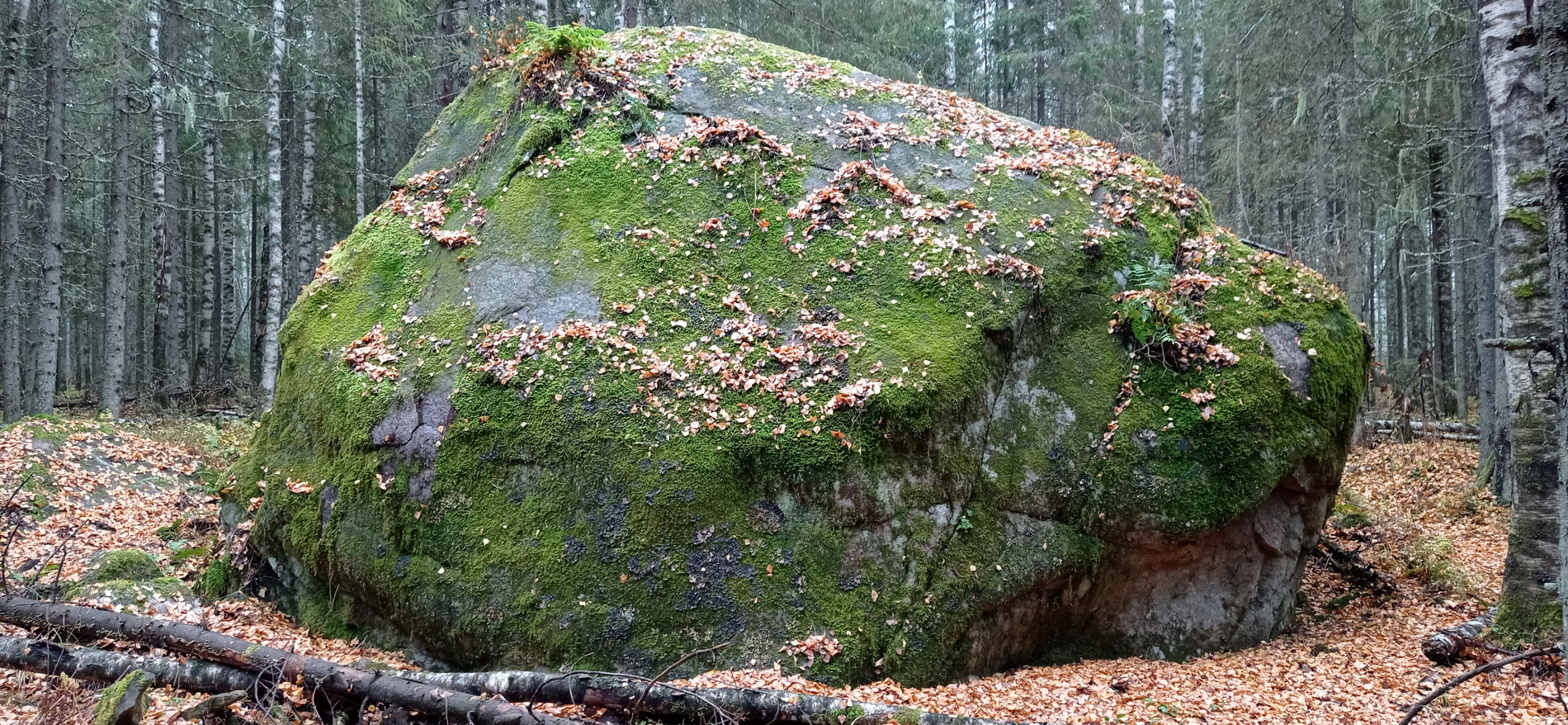
Most tourists have their first acquaintance with Lake Onega in Karelia and the Leningrad Region. Julia Lebedeva, consultant of the Tourist Information Department of the Vytegra District (Vytegorye, Vytegra) of the Vologda Region, told EcoTourism Expert about the attractions on the other side of this Pearl of the Vologda Region.
- The Vytegra is a less known tourism destination for those who like going to the shore of Lake Onega. These places seem very interesting and mysterious, and the word Vytegra sounds quite unusual ...
- You are absolutely right. The Vytegra District is one of the most mysterious geographical names in the Vologda Region. The legendary “Chuds” and “Veses” are the indigenous people of our region and the Vepsians (Veps), their descendants, live here now. According to scientists, the name “Vytegra” comes from the Finno-Ugric languages and means “a stretch of the river convenient for fishing”.

The Vytegra District is a place with a rich history and unique magnificent landscapes. Forests cover 93% of the region’s area, there are over 1,500 large and small lakes. Lake Onega, the southern part of which is in the Vytegra District, is very beautiful in these places with its stunning shores, pine forests, beautiful sandy beaches, and, of course, soft, transparent water (one can see a thing that is 7 to 8 metres deep in the water) that can compete with Lake Baikal in its purity. The water transparency is explained by the deposits of a rare and ancient mineral “shungite” in Lake Onega that is a real natural filter, the origin of which is still a scientific mystery.
The most interesting archaeological monument of the eastern shore of Lake Onega included in the UNESCO World Heritage List and located in the neighbouring Pudozh District of the Republic of Karelia are petroglyphs - ancient drawings of birds, animals, hunting and fishing scenes, everyday scenes, signs of the Sun and Moon. 1,100 petroglyphs were discovered scattered on the coastal granite rocks stretching along 20 km of the lakeshore.

- What other natural attractions in the Vytegorye are must-see ones?
- One of the unique places is Mount Andoma, a geological and landscape monument of nature. It is a 55-metre cliff above the shore of Lake Onega. If you look at the mountain from the lake, you can see a constantly changing view of layers of coloured clays and sandstone, including white, blue, yellow, greenish, red, purple, and brown ones. The layers of Mount Andoma contain fossils, the remains of living organisms, which inhabited the Earth during the Devonian period of the Paleozoic era that began about 420 million years ago. Mount Andoma is an “open book” for geologists and paleontologists where they can read the history of our planet. And for travellers having nothing to do with science, it is important to remember that this is a natural monument, so the collection of fossils is prohibited here.

We have created an audio guide for tourists called “Road Trip ‘City of Vytegra - Mount Andoma’” that can be downloaded in ВКонтакте Туризм. Вытегра Вологодская область (VK - Tourism. Vytegra, the Vologda Region), as well as get the information about interesting routes, cultural and natural monuments.
The Padun Waterfall in the Tagazhma River valley is among them. It’s not very high but tourists are attracted by the surrounding stunning landscape with high steep banks of the river made of fossilized corals of the ancient sea, and a winding river with numerous rapids. Part of the Tagazhma River valley is a specially protected natural area. There is an equipped ecological trail where the information about plants and animals, natural processes and phenomena characteristic of these places is provided.

Another interesting place is the Pyramid boulder near the village of Prokshino; it is a huge stone dating back to the Ice Age; perhaps, it’s a rock fragment, 10.6 metres long, over 8 metres wide and about 5 metres high. And it is about 4 metres deep in the ground.

Near the village of Makachevo there is a geoglyph, included in the list of identified objects of cultural heritage in 2019. In 1924, at the initiative of the local teacher Pyotr Petrov, schoolchildren and their parents dug cuvettes according to the teacher’s drawing and planted spruce seedlings making up the word “Lenin”. The geoglyph is more than 100 metres long, the width of the letters is 16 metres. The trees are up to 30 metres high now. The inscription is well preserved and can be seen on satellite images.
On the isthmus between Lake Onega and Lake Tudozero, there is a Kenda sand spit that rises 5.5 metres above the water level of Lake Onega and gradually drops to the water level of Lake Tudozero. The most valuable archaeological monument located in this place is a burial ground dated the third millennium B.C.
By the way, Tudozero is much calmer than Lake Onega and is one of the favourite places visited by the people from the Vytegorye and tourists. It is much safer to swim and fish in this lake. Several convenient and cozy guest houses and recreation centres operate on its shores.
- You have a very beautiful and fascinating northern nature. But, probably, not all attractions are easily accessible for tourists?
- Indeed, a number of natural objects are in rather remoted and hard-to-reach areas and it is recommended to get there accompanied by guides.
The natural landscape reserved area AtLeCa is among them. The drainage basins of the Atlantic, Arctic oceans and the ancient Tatis ocean (the “heir” of which is the Caspian Sea) are connected. The age of spruce forests here is on average over 200 years old, and some trees are at least four hundred years old.
The “disappearing” karst lakes, including Shimozero, Kushtozero, Undozero, Dolgozero, Luhtozero, are a real miracle of the Vytegra Region’s nature as the water from these lakes goes underground from time to time along with the fish inhabiting the lakes, and after a while, the water returns - with the fish in the lakes.
On the southeastern outskirts of the Vytegra District, the “disappearing” Uzhla River flows. But unlike the lakes, it does not disappear completely, but just flows along an underground channel in a certain place, and the river comes to the surface again after almost eight kilometres. The people call it the “Lost River”, and the river’s name “Uzhla” means “born again”. In the scientific literature, such water bodies are called “Vauclusian” ones after the name of the famous Vauclusian spring in the Rhone River basin in southeastern France.
- Nature and history in your area are intertwined. What else can travellers visit during one trip?
- The Vytegra people are very proud of the reconstructed wooden embankment of the Vytegra River in the historical centre of the city. Over the past few years, a viewing deck and a pedestrian area with a wooden rotunda have been built here, as well as a wooden pedestrian bridge across the river and the first hydraulic structure of the Mariinsky water system; the Devolant half-sluice that has been recreated in its historical place as well.
The brightest pages in the history of the Vytegorye are associated with navigation along the great waterways of Russia - the Mariinsky water system and the Volga-Balt, its successor. Due to the peculiarities of the landscape, 6 out of 11 Volga-Balt canal-locks are located on the Vytegra River section making the so-called “Vytegra Stairs”. They offer amazing views of the surrounding nature.
You can learn more about the Mariinsky water system and the Volga-Balt during a visit to the Museum “Waterways to the North” now located in the very centre of the city of Vytegra in a building that was used as a turbine room of a hydroelectric power station until 1959. It is interesting to visit the B-440 large oceanic diesel submarine that has become a museum, well preserved and equipped.
It seems fair to say that the Vytegorye is a shipbuilding land. By the end of the 18th century, there were several factories producing fabrics for making sails in addition to the shipyard where a variety of ships were built. Now, on the shore of Tudozero, there is a cadet school “Shipbuilders of Prionezhye” (Pre-Onega area) where children study the history of shipbuilding and navigation in the Russian North, and under the guidance of experienced experts, they build various types of boats with their own hands, including kizhanks (used in Karelia), soimas (single-masted cargo boats), whaleboats, and they make trips by these boats - like those their glorious ancestors used to make once - along Lake Onega, and their descendants carefully preserve their traditions.
Photos courtesy of the Tourist Information Department of the Vytegra District
